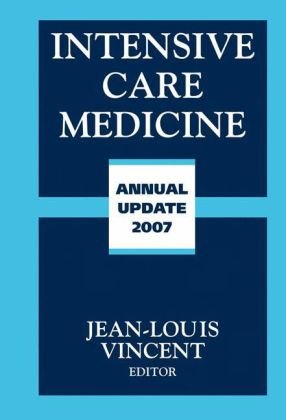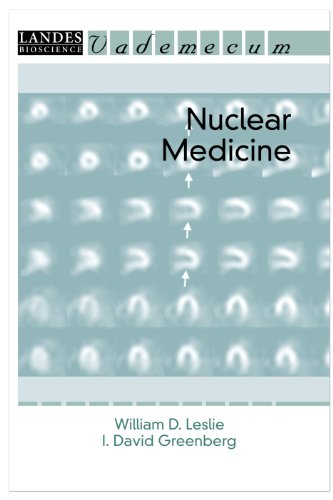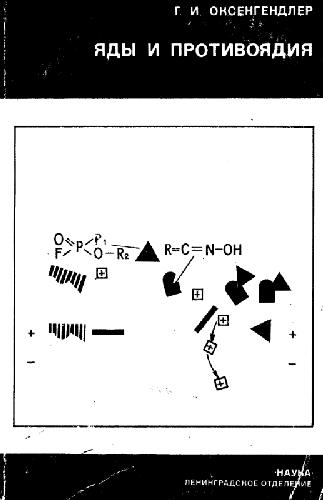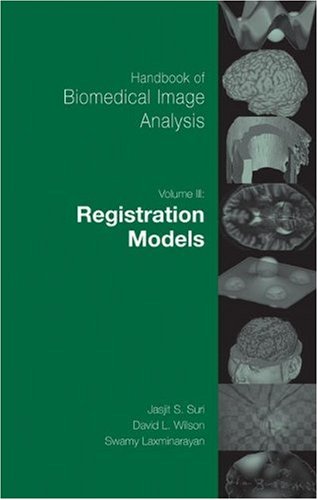Jean-Louis Vincent0-387-49517-7, 978-0387-49517-0
Table of contents :
INTENSIVE CARE MEDICINE……Page 2
Table of Contents……Page 4
List of Contributors……Page 11
Common Abbreviations……Page 28
Biomarkers……Page 30
The Diagnosis of Sepsis: The Present and The Future……Page 31
Procalcitonin: Nice to Know, Need to know, or NeedsFurther Research?……Page 38
Diagnostic and Prognostic Value of Hormokinesas Biomarkers in Severe Infections……Page 50
Novel Biomarkers and the Outcome from Critical Illnessand Major Surgery……Page 60
Molecular Approaches to Detection of Bacteriain Critical Care Patients……Page 72
Sepsis and Infection: Management……Page 81
Understanding and Optimizing Outcome in Neonateswith Sepsis and Septic Sliock……Page 82
Effects of Vasoactive Agents on the GastrointestinalMicrodrculation in Septic Shocic……Page 96
Hemodynamic Effects of Activated Protein Cin Septic Shock……Page 102
Adrenomedullin in the Treatment of CardiovascularDysfunction and Sepsis……Page 108
Antioxidants for the Treatment of EndothelialDysfunction in Critical Illness……Page 123
Plasma Cortisol: Time to Look Deeper?……Page 133
Glucose Control and Monitoring in the ICU……Page 140
Severe Lung Infections……Page 157
Current Concepts of Severe Pneumococcal CommunityacquiredPneumonia……Page 158
Respiratory Syncytial Virus (RSV) in the PediatricIntensive Care Unit……Page 170
Pneumocystis Pneumonia in Non-AIDSImmunocompromised Patients……Page 182
Mechanisms of Organ Dysfunction……Page 196
The Role of Neutrophil-Derived Myeloperoxidasein Organ Dysfunction and Sepsis……Page 197
Are Mitochondria Responsible for Improved Outcomesin Recent Studies?……Page 212
The Impact of Chronic Disease on Response to Infection……Page 221
Immunomodulatory Effects of General Anesthetics……Page 232
Critical Illness Stress-induced Immune Suppression……Page 241
Transcription Factors and Nuclear Cofactorsin Muscle Wasting……Page 253
Organ Dysfunction in the ICU: A Clinical Perspective……Page 262
Lipids……Page 270
Sphingolipid Metabolism in Systemic Inflammation……Page 271
Statins in Sepsis and Acute Lung Injury……Page 289
Potential Mechanisms by which Statins Modulate theDevelopment of Acute Lung Injury……Page 298
Aoite Lung Injury……Page 311
Matrix Metalloproteinases in Acute Lung Injury……Page 312
The Role of Vascular Endothelial Growth FactorIn Lung Injury and Repair……Page 320
Cell Regeneration in Lung Injury……Page 331
The Extracellular Matrix of the Lung:The Forgotten Friend!……Page 341
Mechanical Ventilation……Page 356
Advances in Translaryngeal Tube Technology……Page 357
Is One Fixed Level of Assist Sufficient to MechanicallyVentilate Spontaneously Breathing Patients?……Page 368
Patient-ventilator Interaction During Non-invasiveVentilation with the Helmet Interface……Page 378
Protective Ventilation in RespiratoryFailure……Page 388
Dynamic Lung Imaging Techniques in MechanicallyVentilated Patients……Page 389
Can We Protect the Lung from Acute Injury?……Page 399
Rationale for High-Frequency Oscillation as a PrimaryLung-Protective Mode in Patients with ALI/ARDS……Page 406
The Role of Protective Ventilation in Cardiac SurgeryPatients……Page 416
Alveolar Pressure/volume Curves Reflect RegionalLung Mechanics……Page 425
Cardiovascular Topics……Page 433
Cardiovascular Surgery in the Aging World……Page 434
Intensive Care Unit Arrhythmias……Page 448
Diastolic (Dys)Function in Sepsis……Page 461
Autonomic Dysfunction: A Relevant Componentin Multiple Organ Dysfunction Syndrome……Page 472
Hemodynamic Monitoring……Page 485
The Use of Hemodynamic Monitoring to ImprovePatient Outcomes……Page 486
Using Mathematical Models to Improve the Utilityof Quantitative ICU Data……Page 494
The Meaning of Hemodynamic Monitoring in Patientswith Shoclc: Role of Echocardiography……Page 508
Transpulmonary Thermodilution for AdvancedCardiorespiratory Monitoring……Page 516
Using Heart-Lung Interactions for FunctionalHemodynamic Monitoring: Important Factorsbeyond Preload……Page 526
Diagnosis of Central Hypovolemia in a SpontaneouslyBreathing Patient……Page 535
Assessment of Fluid Responsiveness in SpontaneouslyBreathing Patients……Page 546
Passive Leg Raising……Page 557
Extravascular Lung Water Measurement……Page 564
Intravenous Fluid Therapy……Page 575
Fluid Management in Sepsis: Colloids or Crystalloids?……Page 576
Balanced Volume Replacement Strategy:Fact or Fiction?……Page 587
Renal Failure……Page 594
Cystatin C as a Marker of Renal Function in Critically IIIPatients at Risk for or with Acute Renal Failure……Page 595
Adjustment of Antimicrobial Regimen in Critically IIIPatients Undergoing Continuous Renal ReplacementTherapy……Page 604
AMominal Pathologi……Page 619
Abdominal Compartment Syndrome……Page 620
Gut Absorption Capacity in the Critically III……Page 638
The Liver……Page 651
Critical Illness and the Hepatic Microcirculation: AReview……Page 652
The Hepatic Response to Severe Injury……Page 660
The Management of Liver Trauma……Page 675
The Pathology and Management of IntracranialHypertension in Acute Liver Failure……Page 687
Neurolf^ical Issues……Page 700
Continuous EEG Monitoring in the ICU……Page 701
The Acute and Chronic Management of LargeCerebral Infarcts……Page 713
Cooling Therapies after Neuronal Injury;Direct Brain Cooling and Systemic Hypothermia……Page 723
Non-traumatic Subarachnoid Hemorrhage……Page 729
Promising Concepts in Subarachnoid Hemorrhage……Page 740
Nitric Oxide Metabolism after Traumatic Brain Injury……Page 747
Modulation of Blood Pressure In Traumatic Brain Injury……Page 756
The Delirious Patient in the iCU……Page 765
Management of Burns……Page 773
Emergency Room and Acute Care of the Critically IIIBurned Patient……Page 774
Early Manipulation of Metabolic Changes due to SevereBurns in Children……Page 785
Antithrombin in Burn Trauma……Page 798
Hematological Alterations……Page 804
The Critically III Red Blood Cell……Page 805
Red Blood Cell Transfusion in the Pediatric ICU……Page 819
Thrombocytopenia in Intensive Care Patients……Page 829
Point-of-care Coagulation Monitoring: Current Statusof Viscoelastic Techniques……Page 840
Monitoring of Hemostasis in Emergency Medicine……Page 853
Oral Anticoagulant Overdose and Bleeding Risk……Page 867
Does Sex Make a Difference?……Page 872
Insight into the Mechanism of Gender-specific Responseto Trauma-hemorrhage……Page 873
Sex-Related Differences in Response to Global IschemicInsult and Treatment……Page 884
Influence of Gender on Outcome of Severe Sepsis……Page 893
Prognosis and Long-term Outcomes……Page 901
The Changing Prognostic Determinantsin the Critically III Patient……Page 902
Chronic Critical Illness……Page 911
To be or not to be … Vegetative……Page 921
Quality and Management……Page 929
Intermediate Respiratory Care Units……Page 930
The Impact of Noise in the Intensive Care Unit……Page 943
Alarms: Transforming a Nuisance into a Reliable Tool……Page 951
Ethical and Legal Dilemmas in AccessingCritical Care Services……Page 959
Emergency Care for the VIP Patient……Page 970
Brain Death: Compliance, Consequencesand Care of the Adult Donor……Page 977
Disasters……Page 987
Update on Avian Influenza for Critical Care Physicians……Page 988
Critical Care Pandemic Preparedness Primer……Page 998
Pathobiology of Blast Injury……Page 1010
Personal Reflections on Emergency Preparednessand the Response to A Major Natural Disaster:Hurricane Katrina……Page 1022
Subject Index……Page 1029







Reviews
There are no reviews yet.